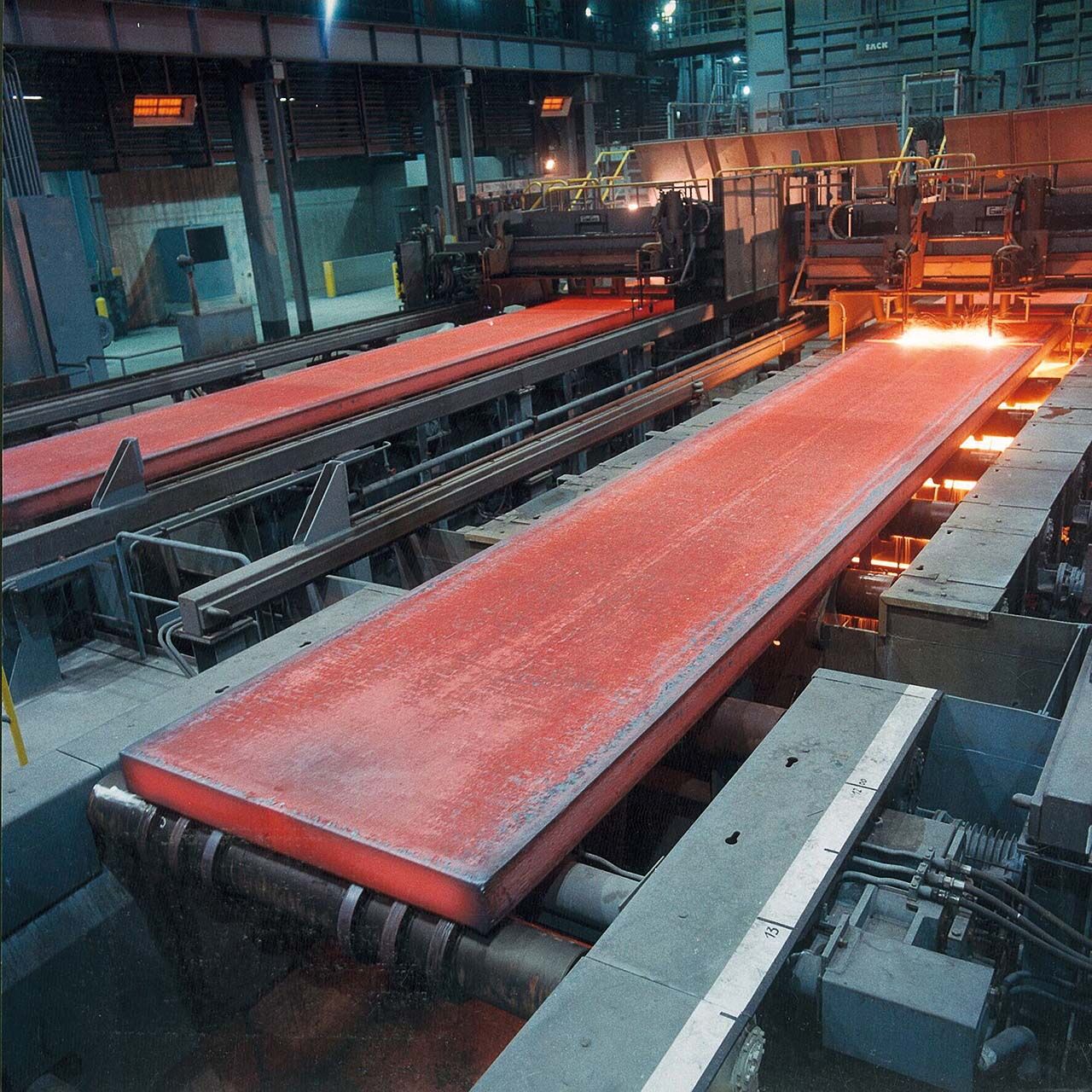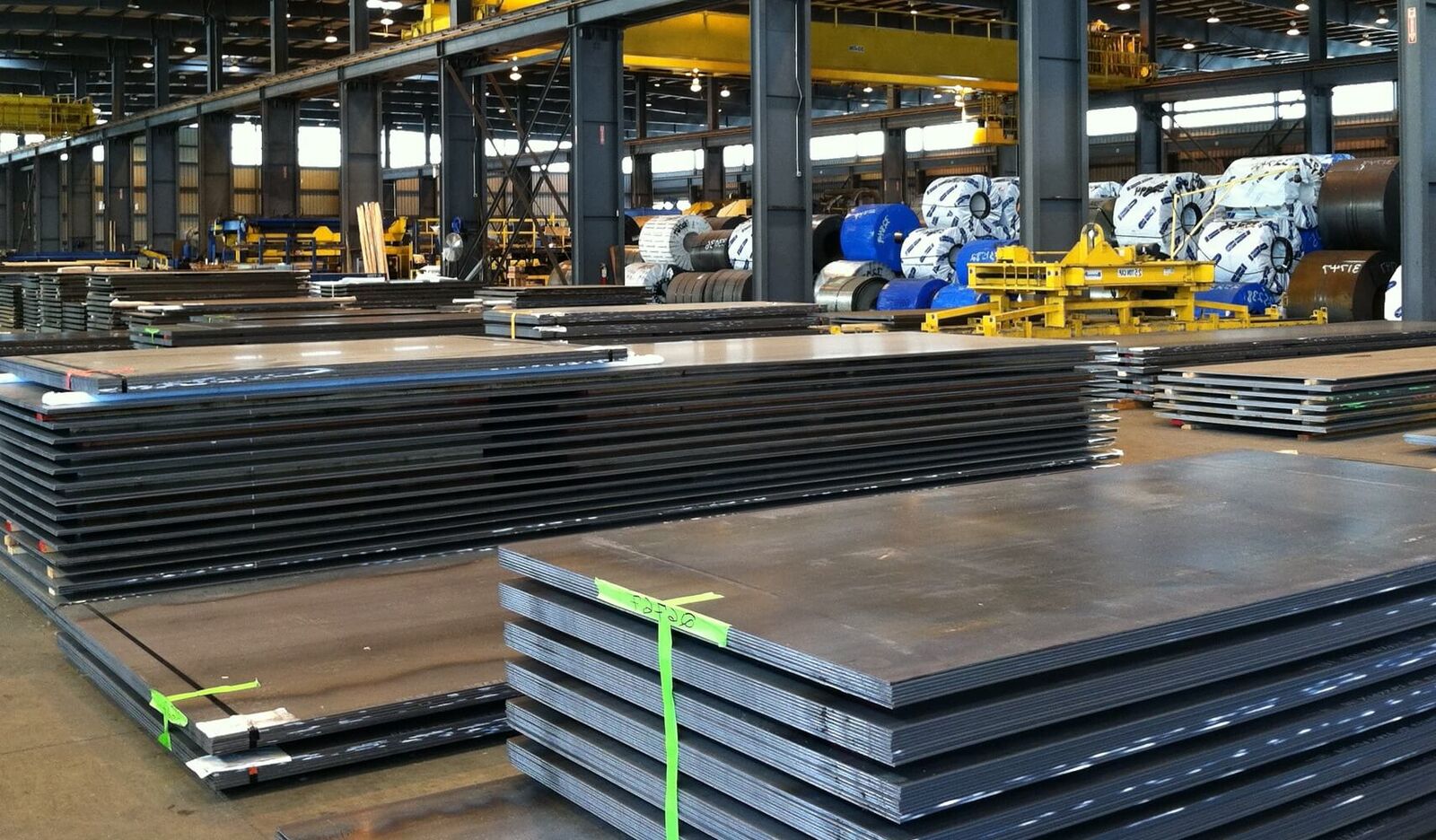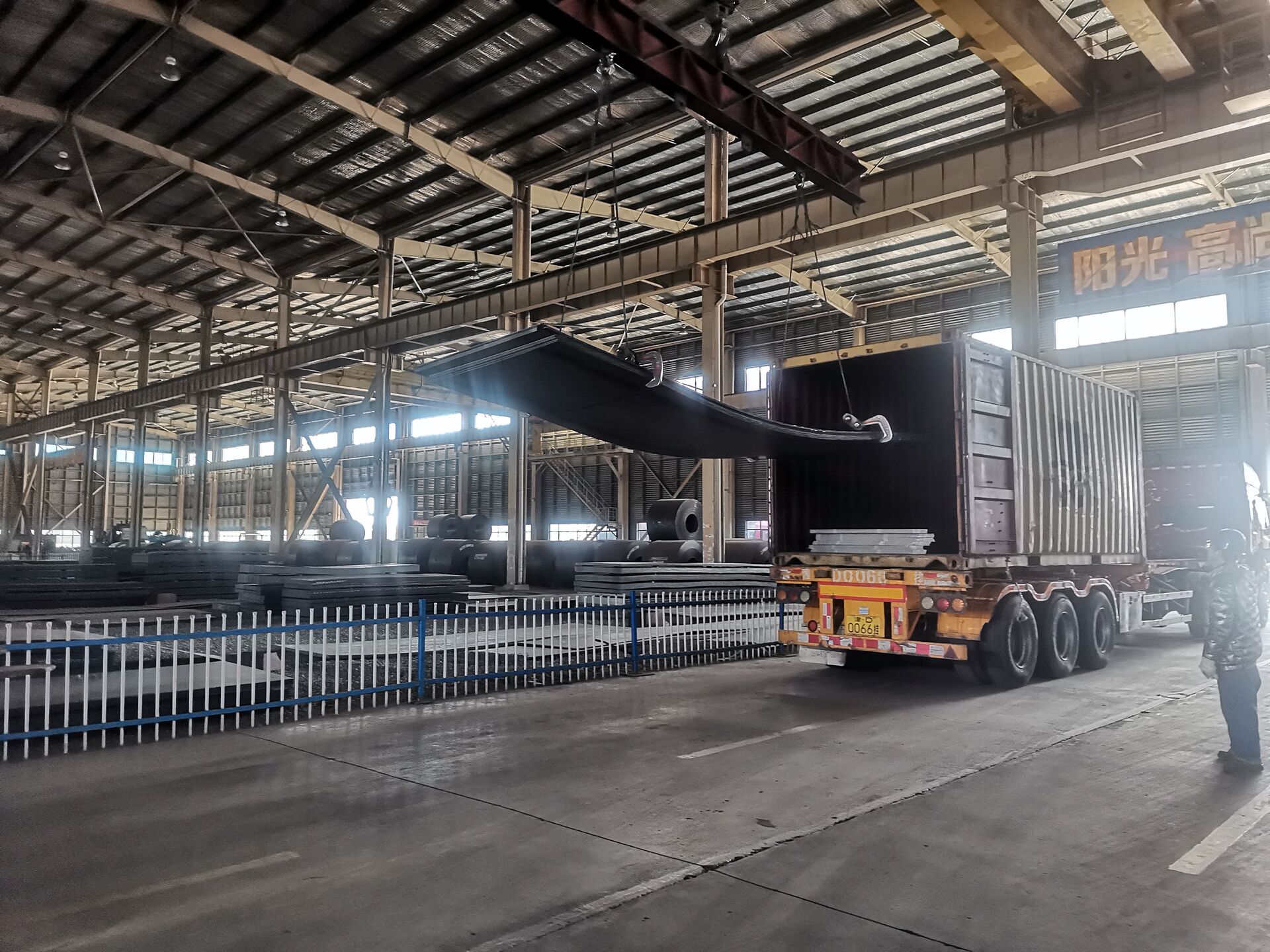PRODUCTS
PRODUCTS
HOT PRODUCTS
If You Need Any Help Contact With Us
Can't find what you're looking for ?
Leave a Message we will call you back quickly!
The company has sufficient inventory and can be picked up at any time.
Product Description
Due to the large tonnage of equipment required for the hydraulic bulging process of stainless steel tee, it is mainly used in the manufacture of stainless steel tee with standard wall thickness less than DN400 in China. The applicable forming materials are low carbon steel, low alloy steel and stainless steel with relatively low cold work hardening tendency, including some non-ferrous metal materials such as copper, aluminum, titanium, etc.
The stainless steel tee is a kind of pipe fitting used in the branch of the pipeline. For the use of seamless pipes to manufacture tee, the commonly used processes are hydraulic bulging and hot pressing. The hydraulic bulging of the stainless steel tee is a forming process that expands the branch pipe through the axial compensation of the metal material. The process is to use a special hydraulic press to inject liquid into the tube blank with the same diameter as the tee, and to extrude the tube blank through the synchronous centering movement of the two horizontal side cylinders of the hydraulic press. The pressure of the liquid increases as the volume of the tube blank becomes smaller. When the pressure required for the expansion of the stainless steel tee branch pipe is reached, the metal material flows along the inner cavity of the mold under the dual action of the side cylinder and the liquid pressure in the tube blank to expand the branch pipe. .
The tee is a pipe fitting and a pipe connecting piece. Also known as pipe fitting tee or tee fitting, tee joint, used at the branch pipe of the main pipeline. The tee is a chemical pipe fitting with three openings, namely one inlet and two outlets; or two inlets and one outlet, with T-shape and Y-shape.
Stainless steel tee is an important connecting piece for pipe fittings and pipelines. It is used at the branch pipes of the main pipeline to reduce the number of connection ports. Stainless steel tees are divided into equal diameter and different diameters. The size of the main pipe of the equal diameter tee and the end of the nozzle are the same, while the size of the main pipe of the reducing tee is the same, and the size of the branch pipe is smaller than that of the main pipe.
Reducing Tee Equal Diameter Tee
The stainless steel tee has a bright appearance and a smooth inner wall, which allows the tap water to flow unobstructed in the pipeline, with fast water flow and no corrosive substances, avoiding secondary pollution to the water source. Stainless steel tees have excellent characteristics such as high strength, good ductility and strong hygienic performance. With these advantages, stainless steel tees are widely used in indoor and outdoor building water supply, compressed gas pipelines in plant equipment and petrochemical fields.
Stainless steel reducing tee refers to the difference between branch pipes of different diameters and two other nozzles with the same diameter, called reducing tee. Stainless steel reducing tee, such as T4×4×3.5, means different diameter tees with the same diameter of 4 inches and different diameters of 3.5 inches. Reducing tee, usually a professional term, a tee is actually a connector between a pipe fitting and a pipe, which is used for the branch of the main pipe. The reducing tee is one of the many tees. It has the performance and characteristics of the general equal-diameter tee and the reducing tee. Therefore, all three ports can be connected to the pipeline. The three-end diameter is called an equal-diameter tee. .
When the stainless steel reducing tee fittings are connected, the pipes and the fittings are connected to each other, make sure that the inside of the stainless steel pipe fittings must be equipped with a sealing rubber ring, and then clamp with professional hydraulic tools, and the connection is completed at this time. The structural form of the reducing tee can be cast and formed, and it can be connected by flange, welding, groove, clamping, ring pressure, etc. When flange connection is used, the gasket is placed between the two flange sealing covers. After tightening the nut, the pressure ratio on the surface of the gasket reaches a certain value. The gasket can fill the unevenness of the surface and make the gasket tightly connected. No water leakage, and the flange connection is a detachable connection.
As far as the stainless steel reducing tee forming process is concerned, its process parameters are indeed very critical. When the reducing tee is extruded, if the pressure is too high or too low, the forming will be poor, resulting in failure of quality inspection and direct scrapping. When the reducing tee is formed, if the current, voltage, speed, etc. of the plant machinery and equipment are unstable, it will immediately affect the product quality in the whole process of production and processing, and at the same time cause the quality inspection of the reducing tee to fail and be scrapped. Efficiency drops severely.
Product Display

Product Categories
GB/T12459,GB/T13401,ASME B16.9,SH3408, SH3409,HG/T21635,DL/T 695,SY/T 0510,DIN 2615。
According to the manufacturing standard, it can be divided into national standard, electrical standard, water standard, American standard, German standard, Japanese standard, Russian standard, etc., as follows: GB/T12459, GB/T13401, ASME B16.9, SH3408, SH3409, HG/ T21635, DL/T 695, SY/T 0510, DIN 2615.
The stainless steel tee can be divided into T-type and Y-type according to the appearance. The T-type tee is a right-angle bend shunt, and the Y-type tee is to divide the two pipelines into one pipeline, so the fluid of the Y-type tee is divided into one pipeline. The resistance is relatively small compared to the T-type tee, and the Y-type tee can be used in the field with strict requirements on the flow rate to ensure the smooth flow of the water body.
According to the production standards of different countries, stainless steel reducing tees can be divided into national standards, electronic standards, water standards, American standards, German standards, Japanese standards, Russian standards, etc. The specific production standards are as follows: GB/T12459, GB/T13401, ASMEB16.9, SH3408, SH3408, SH3409, HG/T21635, DL/T695, SY/T0510, DIN2615. According to our domestic production standards, the stainless steel reducing tee produced by Qinximeng stainless steel water pipe manufacturer can be divided into 25*20, 32*20, 32*20...75*63 and other different caliber specifications, as well as supporting Stainless steel pipes and other types of fittings.
Applications
Stainless steel reducing tees are widely used in the construction and maintenance of petrochemical, oil and gas, liquefied gas, fertilizer, hydropower plants, nuclear power plants, shipbuilding, papermaking, papermaking, medicine, food hygiene, municipal and other projects.

Product Package

Certificate Display
Factory Show
Message
Related Products
Chat Online
Conact Us For uotation


























